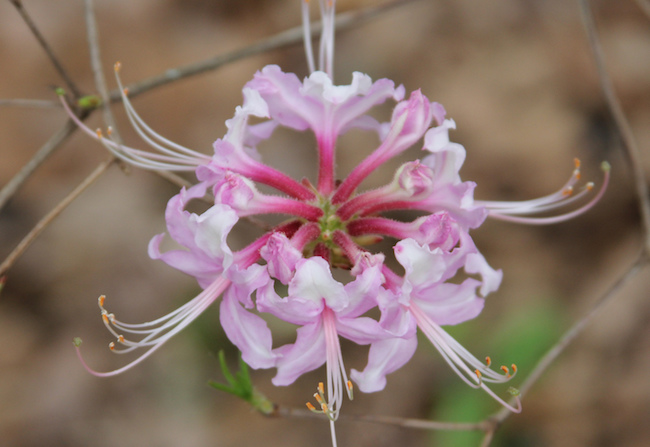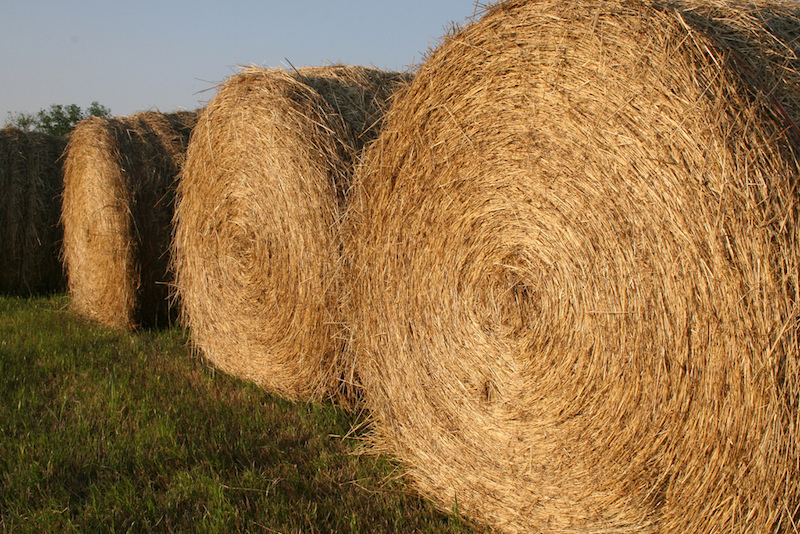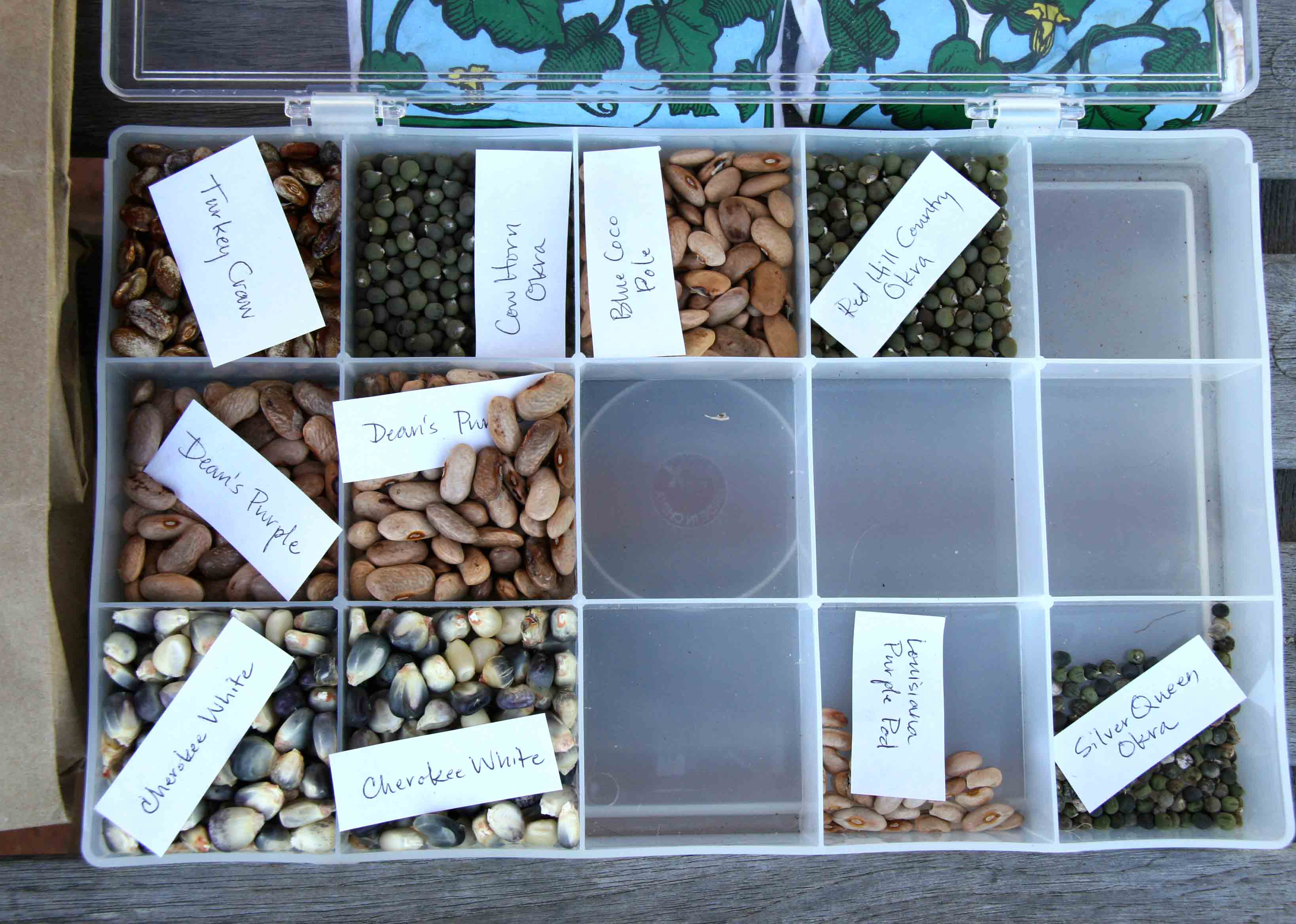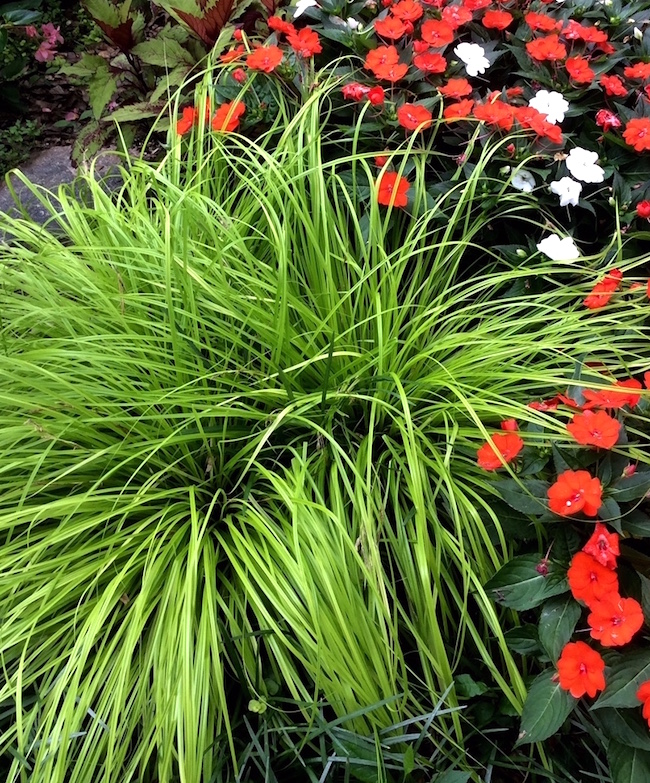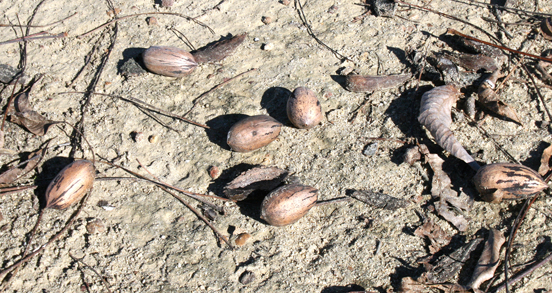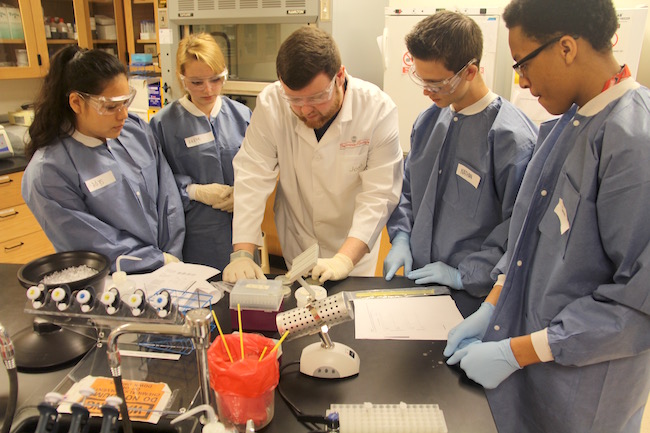 CAES News
CAES News
Service Learning
A group of Griffin High School biology students visited the University of Georgia Griffin Campus last week to conduct a science experiment under the direction of college students. The UGA students learned to give back to the community and the high school students were exposed to college life and scientific laboratory equipment.


